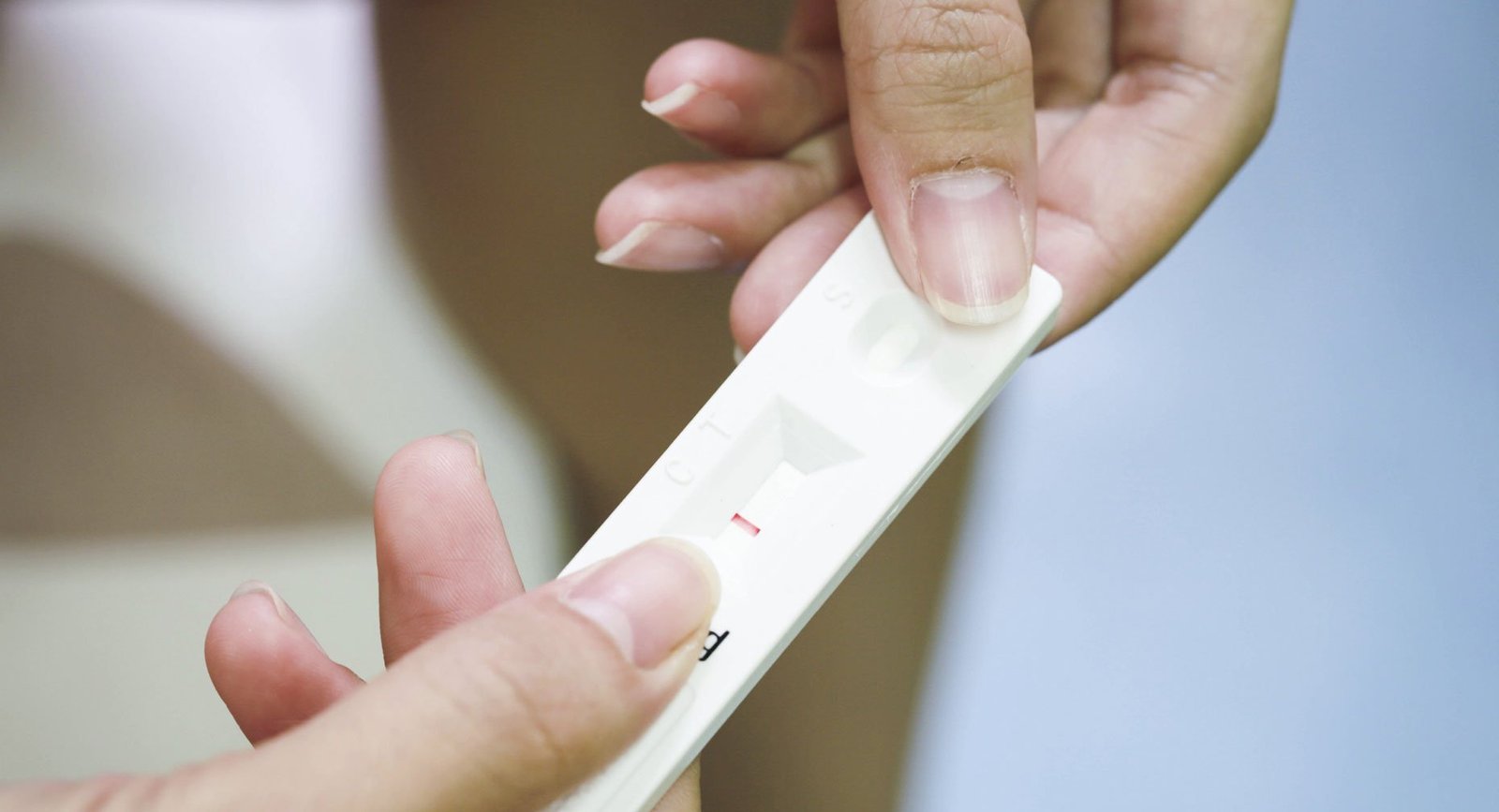Unexplained infertility is a frustrating condition, not just for the couples but also their doctors. A couple is labelled as having unexplained infertility when the basic work up of the couple does not reveal a clear reason as to why a couple is having difficulty in becoming pregnant. Not just that it is a dilemma for the patient that why they are not getting pregnant, also it poses a big challenge for the treating infertility specialist on how to proceed. Unfortunately, there is no single treatment option that provides an edge above the others.
Infertility is defined as the inability to conceive after a year of unprotected intercourse. Infertility affects about 10 -15% of women ages 15 to 44. For those desiring a baby, the inability to get pregnant can have devastating social, psychological and physical effects. The drive to seek treatment and going to any extent to achieve the same is understandable
Management Strategy
The first logical step is a detailed evaluation of the couple. Infertility is caused by female factors in one thirds of the patients, male factors in another one thirds and combined male and female factors in remaining one thirds. The most common causes accounting for infertility in India are sperm abnormalities (low sperm counts and motility/ speed or no sperms at all) leading to male factor infertility, and in women, a hormone condition called polycystic ovarian disease or PCOD. Other important causes are blocked fallopian tubes which may be due to past infections, tuberculosis, endometriosis, surgeries etc. In 10-15 % of all infertile couples, there is no cause found for infertility on routine investigations, such cases are called “unexplained infertility.”
Many couple with “unexplained infertility” will get pregnant with watchful expectancy which means without ivf treatment but trying naturally. It is still not advisable to wait naturally beyond 2 years of trying as the chances of conceiving without medical aid start decreasing thereafter. Once a decision to start treatment is taken, the first step in young couples could be to try using medicines for ovulation induction to push the ovaries to produce more than more one egg (multifollicular response) to increase the chances of sperms fertilising the egg. For some couple, doctor may advise intrauterine insemination or IUI. This has a proven role in couple with “unexplained infertility”. This therapy is simpler and much less expensive and cost effective than in vitro fertilization (IVF). Although a couple may have to go for repeated cycles of IUI to enhance the probability of conceiving. In IUI, sperms are centrifuged and through special semen preparation techniques, the best sperms are selected, loaded in a fine tube or catheter and gently deposited inside wife’s uterus at around 12-16th day of woman’s menstrual cycle as this is the time when the eggs mature and rupture inside a woman’s body. This cycle has to be carefully monitored with serial ultrasounds.
Sometimes your fertility doctor may also advise you to directly go for IVF (In Vitro Fertilization). Doctor has to take into account various factors like age of both the partners, ovarian reserve, tubal status, duration of infertility, previous response to treatment, semen profile etc. before making the final strategy. Another thing to remember is that the choice is only based on the chances to conceive. No treatment can ever guarantee us a pregnancy.
Although medical breakthroughs have helped improve and optimise treatment results, it is equally important to minimise multiple pregnancies and complications arising out of the treatment. Proper counselling about success rates and possible complications before starting with the treatment is very important. The desired and heartfelt goal of infertile couples and their doctors isn’t just achieving a pregnancy, but a pregnancy with a good outcome—a healthy mother and a healthy baby.
To know about fertility diet visit:- ivf clinic in jaipur .





